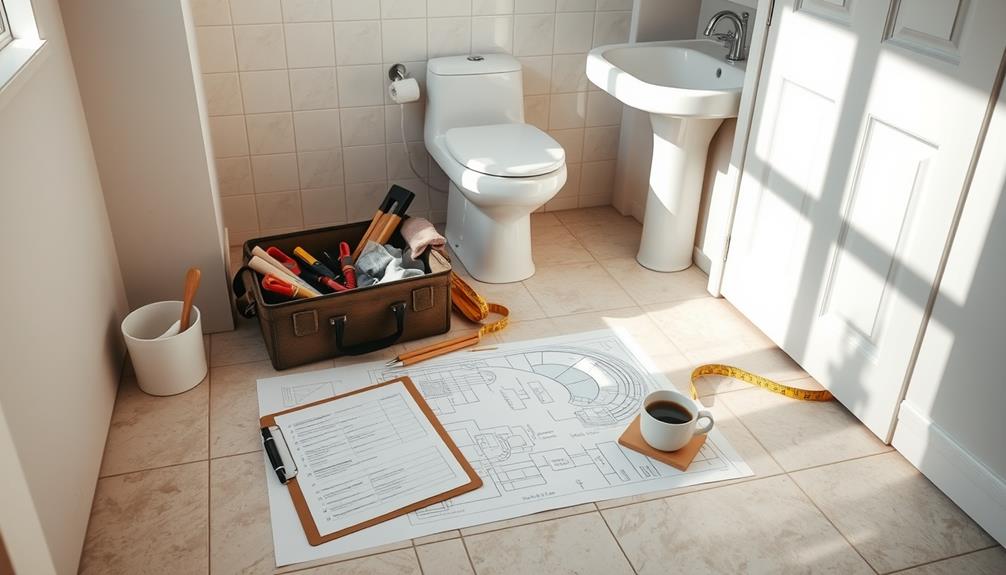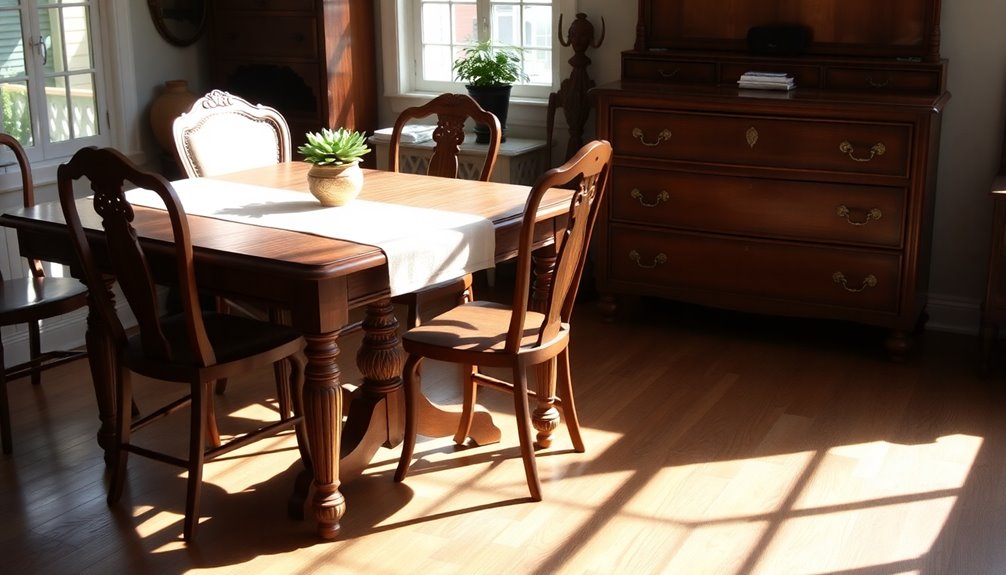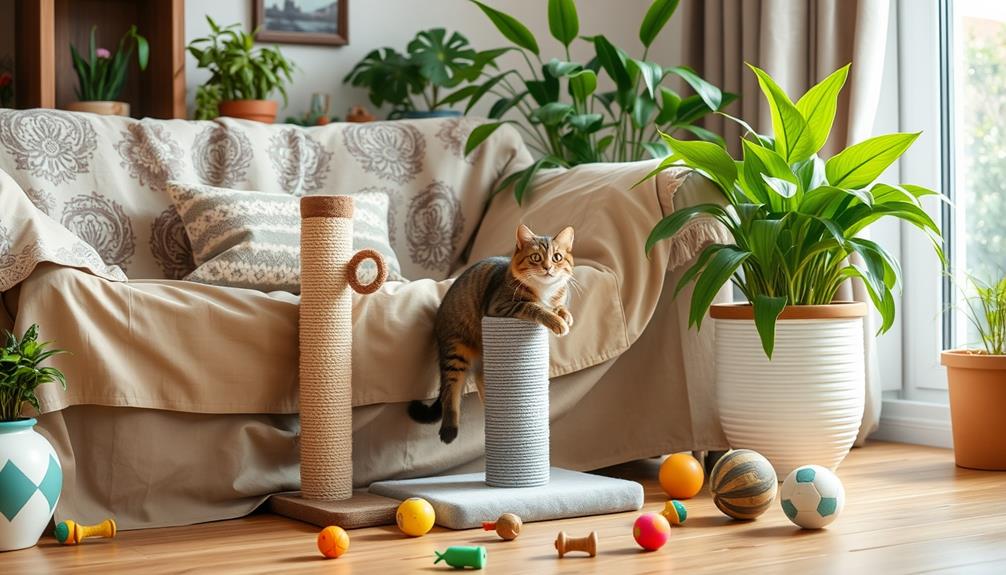Welcome to Berkley Vallone: Where Beautiful Interiors Come to Life
StrongMocha News Group, a leader in diverse online publications, proudly announces the launch of the Berkley Vallone website, a new destination for exquisite interior design. Berkley Vallone is dedicated to transforming spaces into elegant and comfortable havens, offering a bespoke approach to interior design that reflects personal style and functionality.
With expertise in new builds, remodels, facelifts, room furnishings, and finishing touches, Berkley Vallone ensures every project is a sanctuary. The team’s commitment to quality and creativity guarantees that each space is not just a home but a reflection of the client’s unique personality and lifestyle. Berkley Vallone also prides itself on offering tailored solutions for every kind of living situation, including expert advice on small space organization tips that maximize functionality without compromising style. By incorporating smart storage solutions and innovative design techniques, the team transforms even the coziest areas into functional havens. Whether it’s a bustling family home or a chic city apartment, Berkley Vallone captures the essence of each client’s vision, ensuring that every inch is utilized harmoniously.
“The launch of the Berkley Vallone website marks a significant milestone for StrongMocha News Group,” said Thorsten Meyer, CEO of StrongMocha News Group. “We are thrilled to offer a platform that embodies our mission to inspire and educate through high-quality content, now extending into the realm of interior design.”
The talented team at Berkley Vallone includes Founder and Lead Designer Berkley Vallone, Architectural Consultant Elliot Carter, Project Manager Sophia Nguyen, Furniture and Decor Specialist Liam Turner, Sustainability Advisor Amara Patel, Creative Director Isabella Hartwell, and Brand Storyteller Sophie Marlowe. Each member brings a unique blend of creativity and expertise, ensuring that every project is both beautiful and functional.
Explore the Berkley Vallone portfolio and discover the difference that a dedicated team can make in creating interiors that inspire and endure. From conceptualizing visionary ideas to overseeing the finest details, the team approaches every challenge with creativity, precision, and an unwavering dedication to excellence.
For those looking to build, remodel, or refresh their homes, Berkley Vallone offers a personalized journey to create dream spaces that resonate with timeless sophistication. The website invites visitors to meet the team and explore the possibilities of transforming their living environments into extraordinary spaces.
StrongMocha News Group continues to redefine the boundaries of creativity and deliver designs that resonate with timeless elegance. The launch of the Berkley Vallone website is a testament to their commitment to serving niche communities with specialized content tailored to their unique passions and needs.

Berkley Vallone Logo
About StrongMocha News Group
Established in 2007 and headquartered near Munich, Germany, StrongMocha News Group is a leading online publication providing in-depth content across diverse interests. Our mission is to inform, educate, and inspire readers through high-quality, detailed articles and reviews. With over 200 brands and magazines under our umbrella, we are committed to serving niche communities with specialized content tailored to their unique passions and needs.









